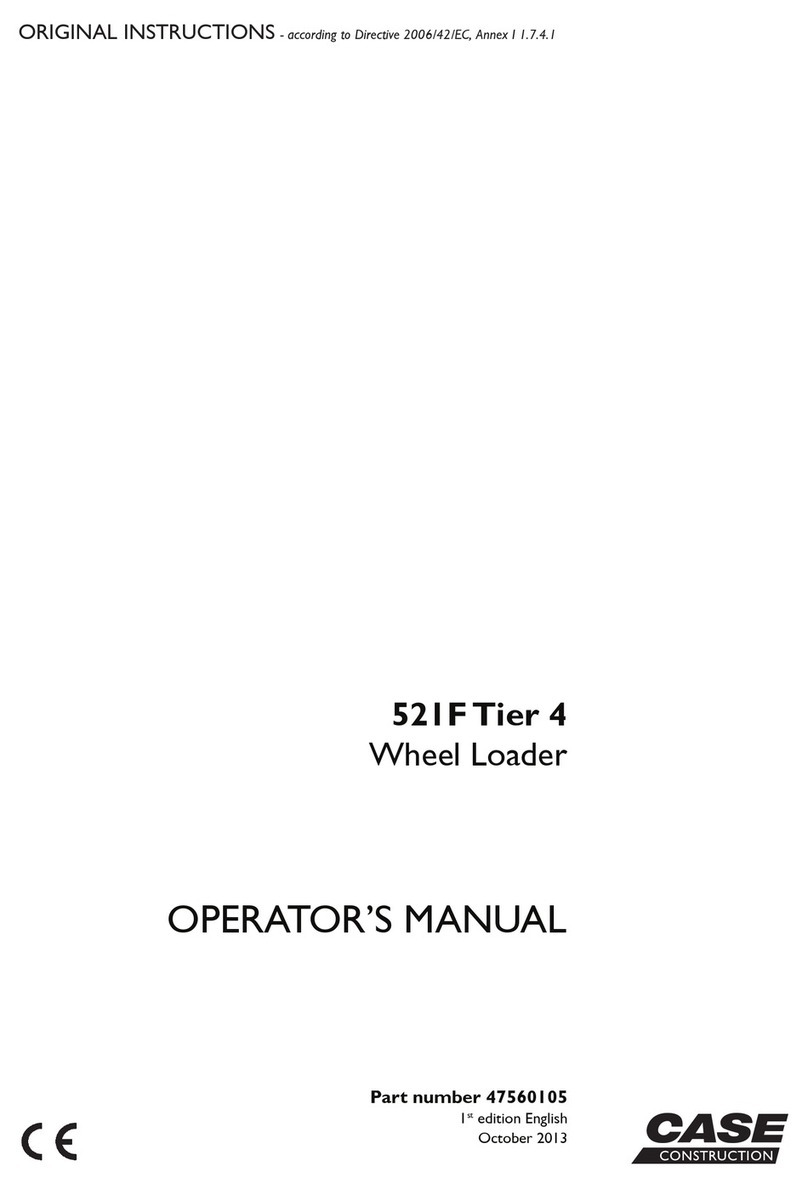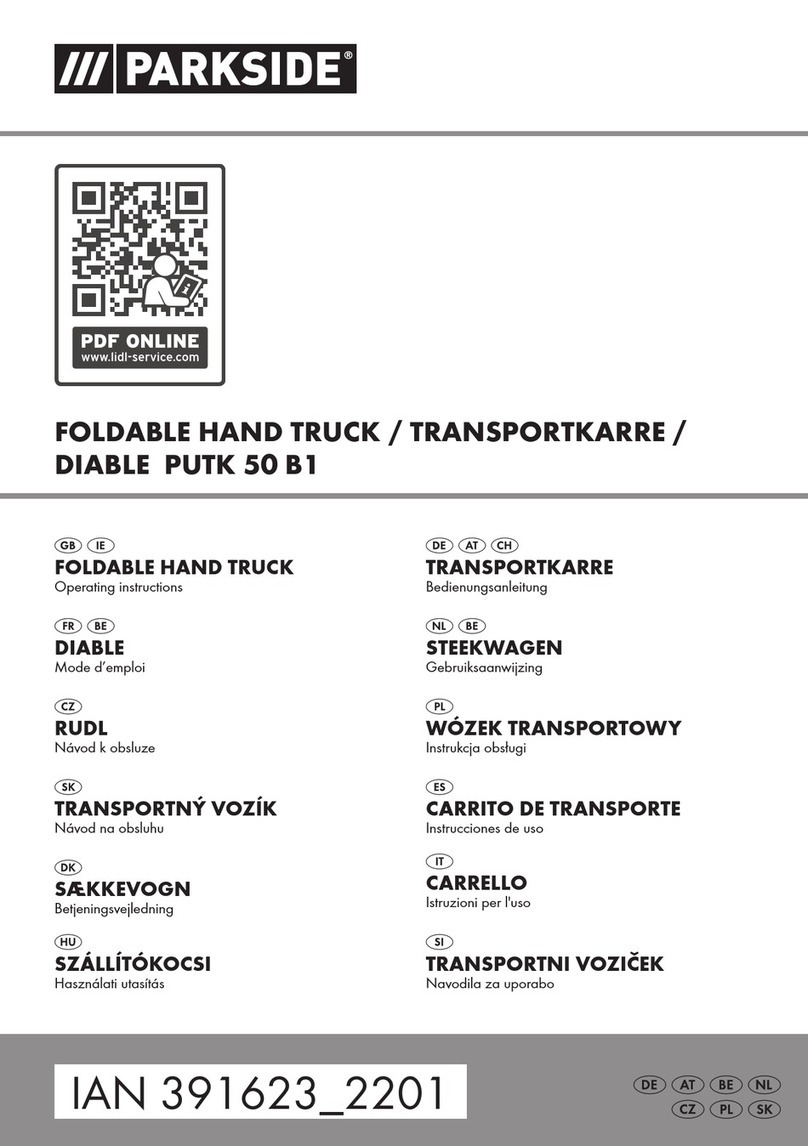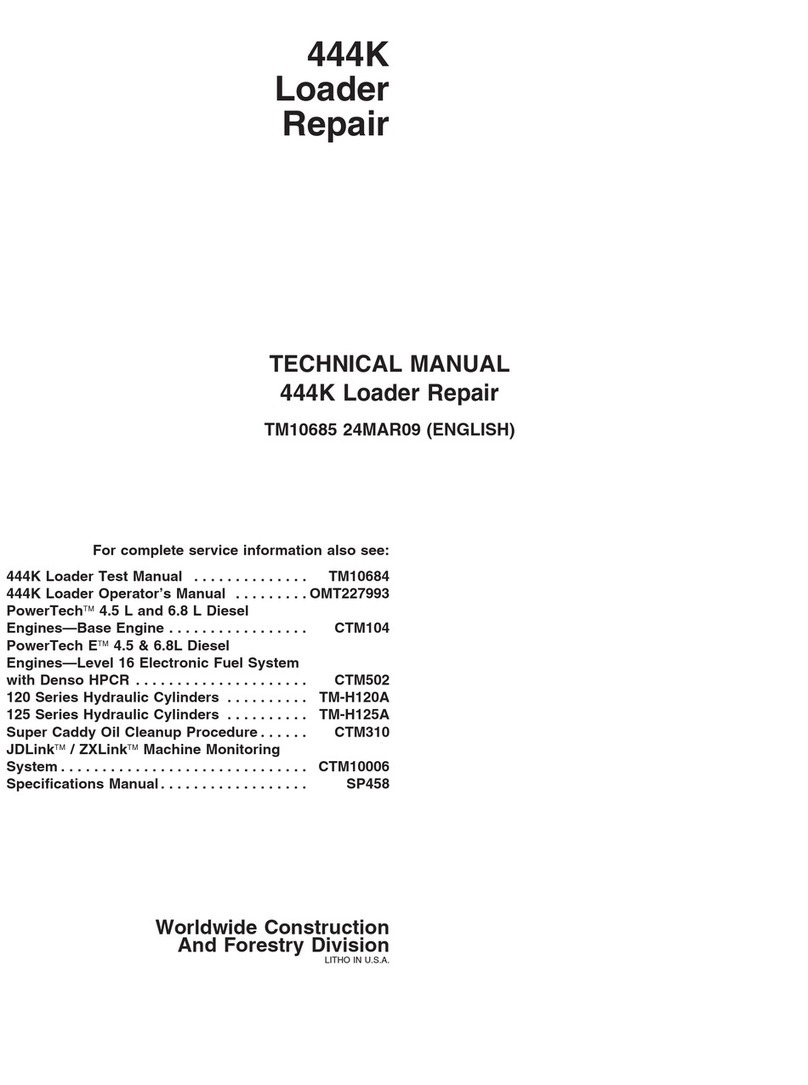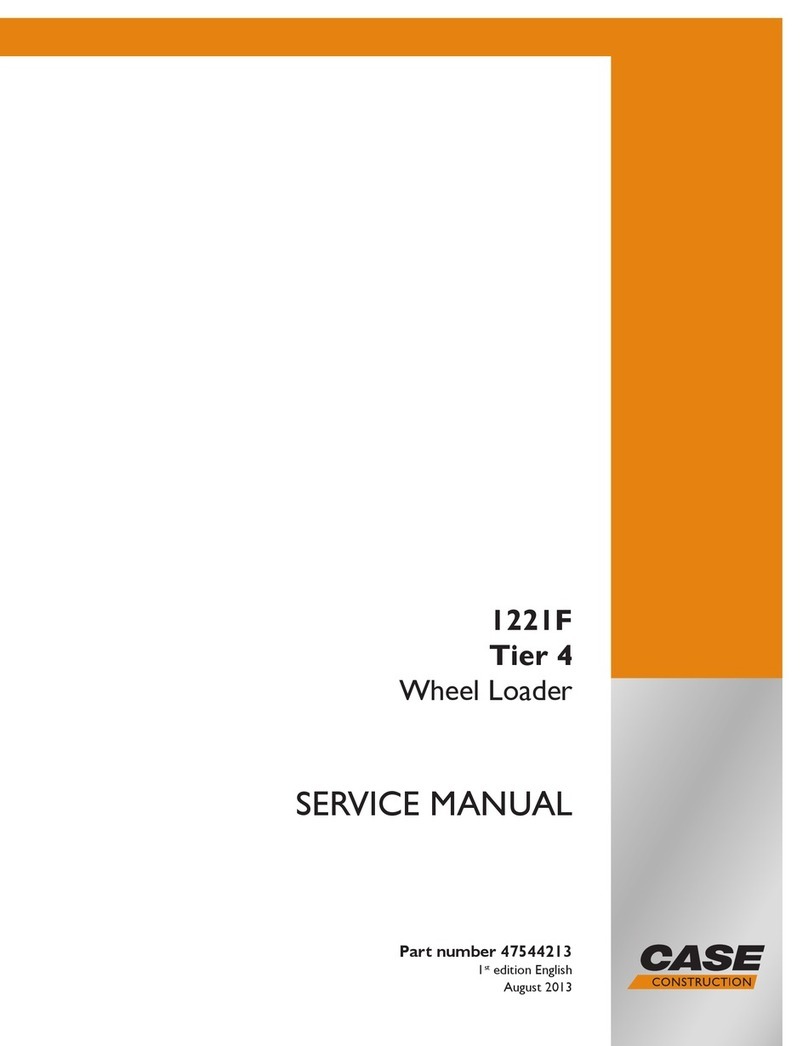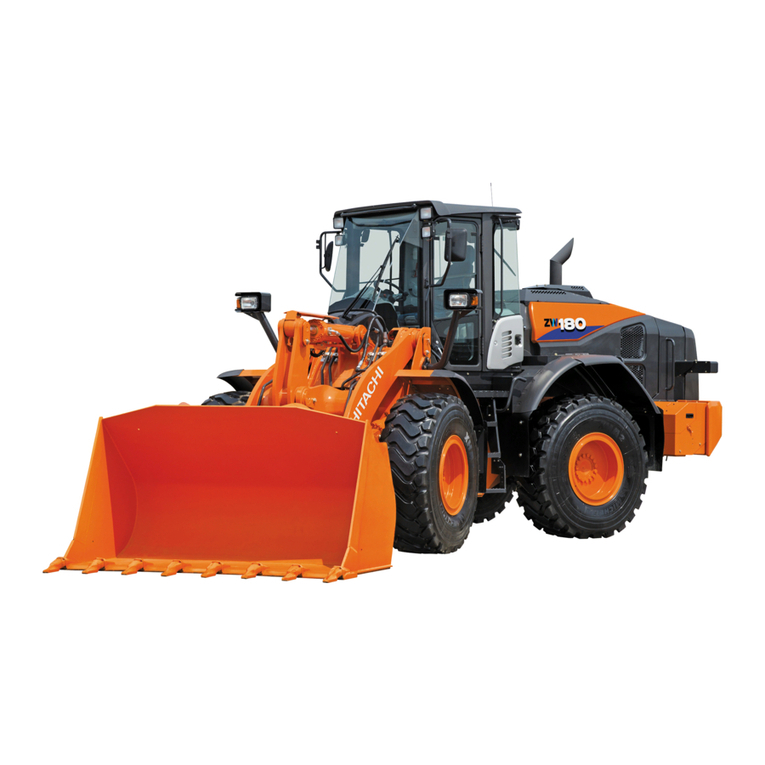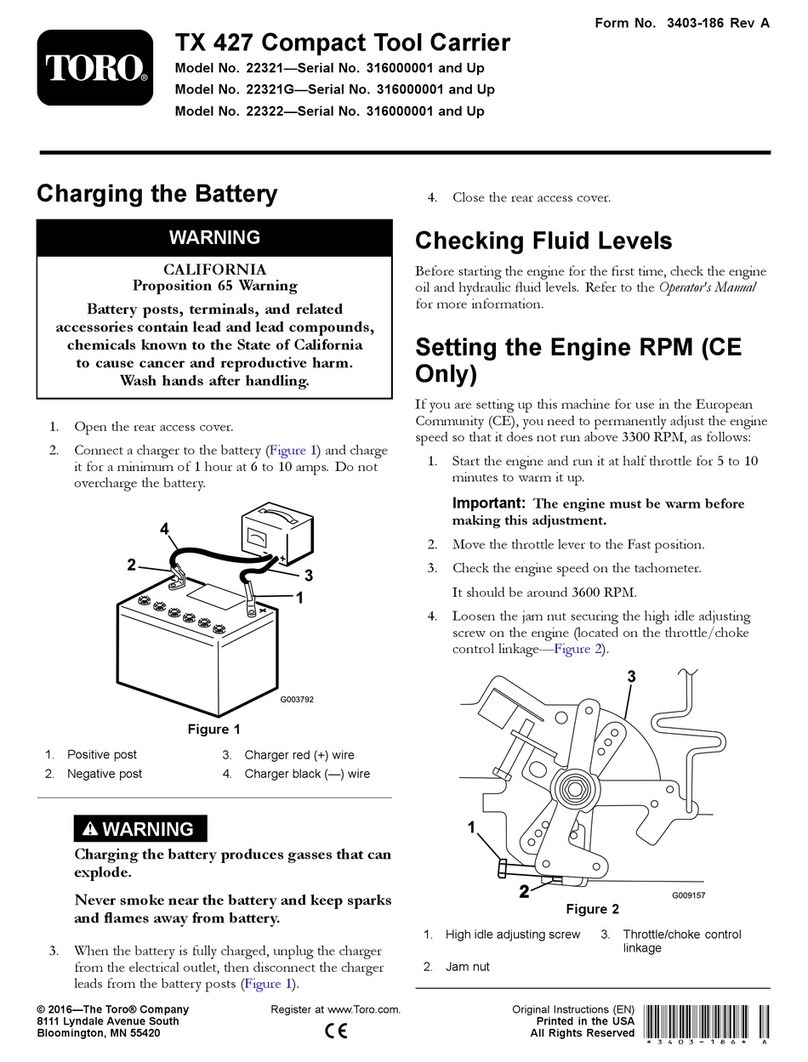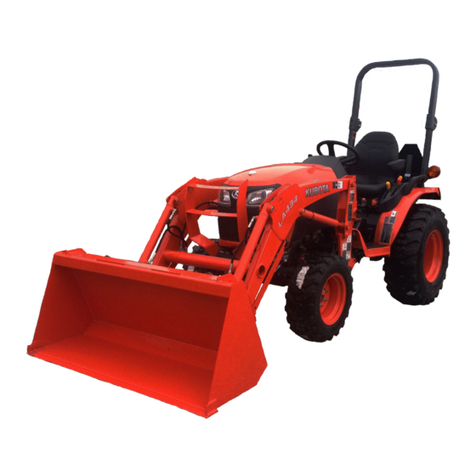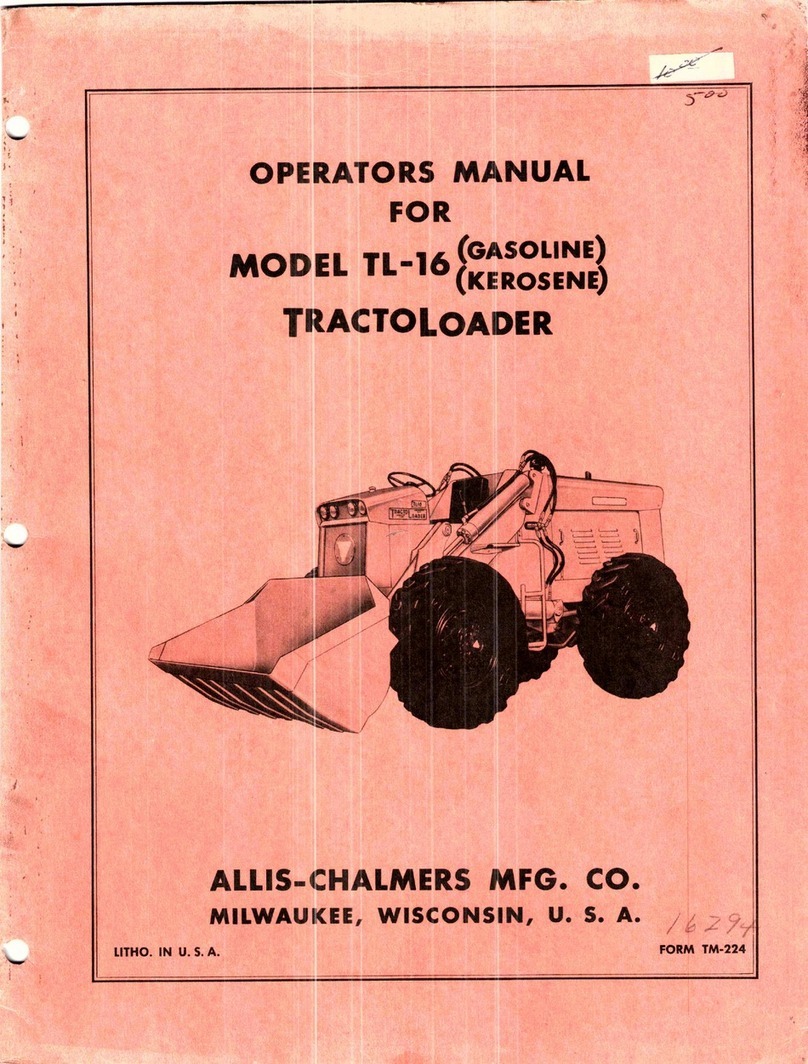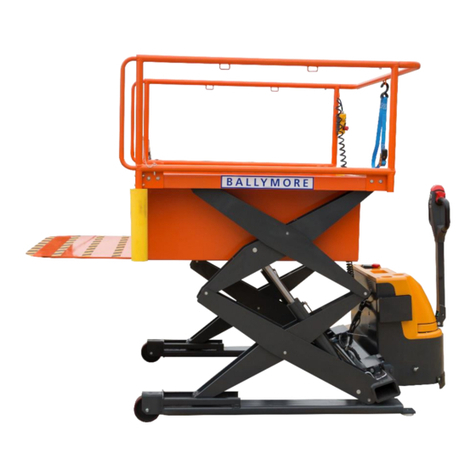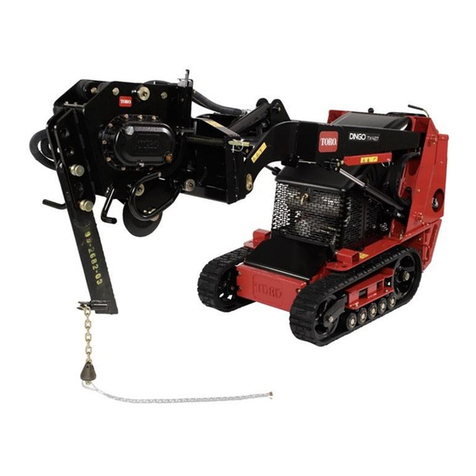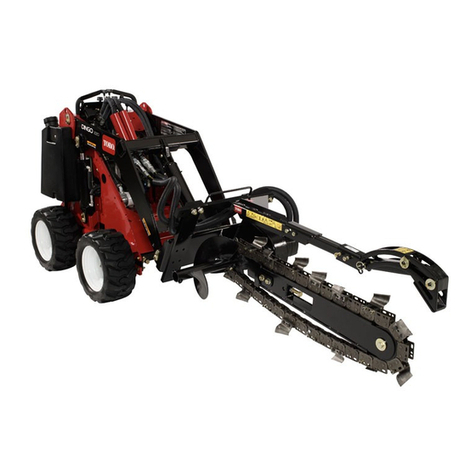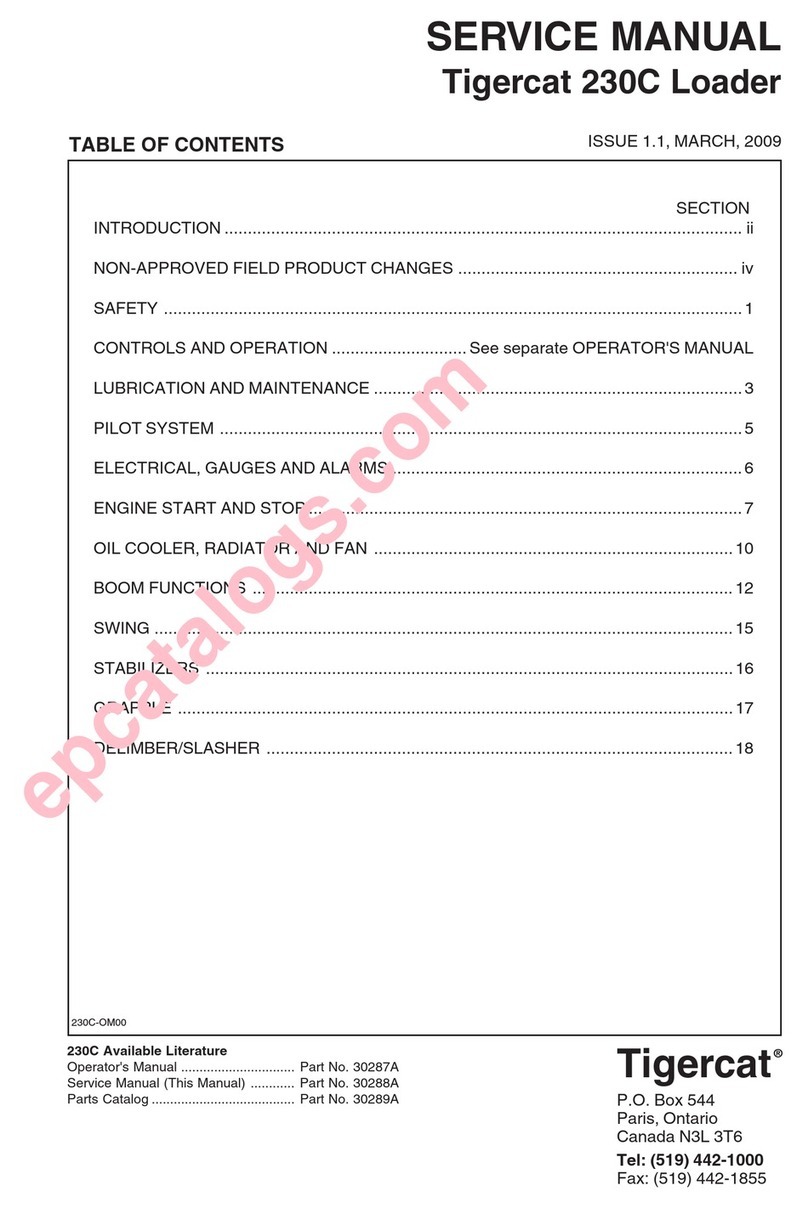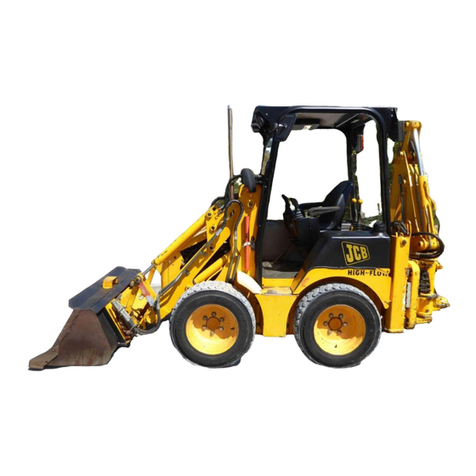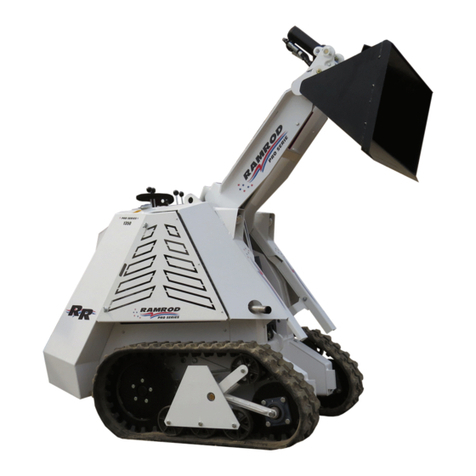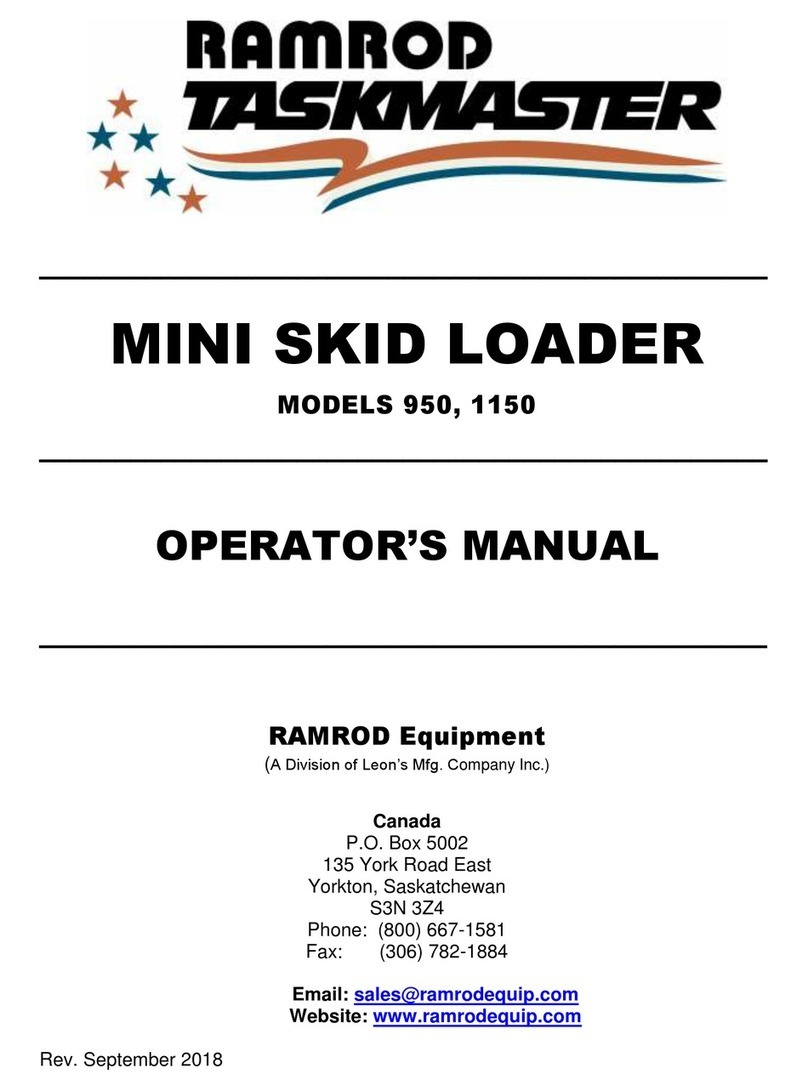
Group 1 Diagnosing Procedure
Introduction.......................................................................... T5-1-1
Diagnosis Procedure.......................................................... T5-1-2
Electrical System Inspection ........................................... T5-1-5
Precautions for Inspection and Maintenance .......... T5-1-6
Instructions for Disconnecting Connectors .............. T5-1-8
Fuse Inspection..................................................................T5-1-10
Fusible Link Inspection ...................................................T5-1-13
Battery Voltage Check.....................................................T5-1-14
Alternator Check ...............................................................T5-1-15
Continuity Check...............................................................T5-1-16
Voltage and Current Measurement............................T5-1-18
Check by False Signal ......................................................T5-1-25
Test Wire Harness ..............................................................T5-1-26
Group 2 Monitor
Outline .................................................................................... T5-2-1
Operating Procedures of Service Menu...................... T5-2-2
Engine Tachometer ..........................................................T5-2-37
Transmission Oil Temperature Gauge and
DEF / AdBlue Level Gauge........................................T5-2-38
Coolant Temperature Gauge ........................................T5-2-39
Group 3 e-Service
Outline .................................................................................... T5-3-1
List of Operation Data....................................................... T5-3-2
Snapshot Data...................................................................... T5-3-6
Communication System................................................... T5-3-7
Group 4 Component Layout
Main Component (Overview)......................................... T5-4-1
Main Component................................................................ T5-4-3
Electrical System (Overview) .......................................... T5-4-5
Air Cleaner and Radiator Assembly.............................. T5-4-6
Battery Box............................................................................ T5-4-8
Hydraulic Oil Tank ............................................................... T5-4-9
Fuel Tank ..............................................................................T5-4-10
Drive Unit.............................................................................T5-4-11
Front Axle.............................................................................T5-4-12
Cab .........................................................................................T5-4-13
Engine...................................................................................T5-4-19
Aftertreatment Device ....................................................T5-4-20
Fan Valve (Optional).........................................................T5-4-21
Priority Valve.......................................................................T5-4-21
Pump Device ......................................................................T5-4-22
Control Valve.......................................................................T5-4-22
Manifold Valve....................................................................T5-4-23
Parking Brake Solenoid Valve Block ...........................T5-4-23
Brake Charge Valve...........................................................T5-4-23
Ride Control Valve (Optional) .......................................T5-4-24
Emergency Steering Block (Optional) .......................T5-4-25
Emergency Steering Pump (Optional)......................T5-4-25
Flow Regulator Valve .......................................................T5-4-25
DEF Tank...............................................................................T5-4-26
DEF Supply Module..........................................................T5-4-26
Group 5 Troubleshooting A
Troubleshooting A (Base Machine Diagnosis
By Using Fault MC Fault Code List ........................... T5-5-1
MC Fault Code List.............................................................. T5-5-3
Monitor Controller (Monitor) Fault Code List .........T5-5-15
Monitor Controller (Information)
Fault Code List ..............................................................T5-5-16
Column Display Controller Fault Code List..............T5-5-19
Air Conditioner Controller Fault Code List...............T5-5-21
ECM Fault Code List..........................................................T5-5-23
TCU Fault Code List ..........................................................T5-5-53
MC Fault Codes 111000 to 111002.............................T5-5-73
MC Fault Code 111003....................................................T5-5-74
MC Fault Codes 111006, 111007,
111009, 111011............................................................T5-5-77
Monitor Controller (Monitor) Fault Codes
113002, 113003, 113005, 113012..........................T5-5-77
CAN1 Harness Check .......................................................T5-5-78
CAN3 (Engine) Harness Check ....................................T5-5-82
MC Fault Codes 111008, 111010,
111014, 111025............................................................T5-5-85
Monitor Controller (Monitor) Fault Codes
113004, 113006, 113007...........................................T5-5-85
CAN2 Harness Check ......................................................T5-5-86
MC Fault Code 111100....................................................T5-5-89
MC Fault Code 111103....................................................T5-5-90
MC Fault Codes 111205, 111207 .................................T5-5-91
MC Fault Codes 111200..................................................T5-5-92
MC Fault Codes 111217, 111312 .................................T5-5-93
MC Fault Codes 111204, 111206 .................................T5-5-94
MC Fault Code 111208....................................................T5-5-95
MC Fault Codes 111311, 111313 .................................T5-5-96
MC Fault Code 111411....................................................T5-5-99
MC Fault Code 111412................................................. T5-5-100
MC Fault Code 111413................................................. T5-5-101
MC Fault Code 111422................................................. T5-5-102
MC Fault Codes 111901, 111902 .............................. T5-5-103
SECTION 5
TROUBLESHOOTING
CONTENTS
Find manuals at https://best-manuals.com
